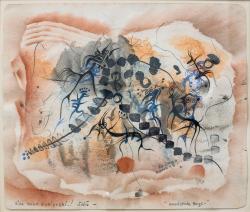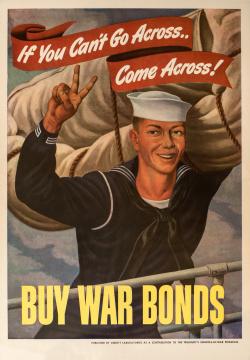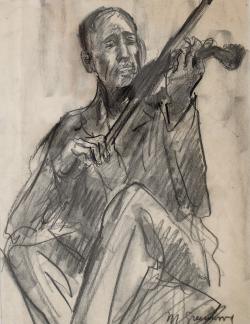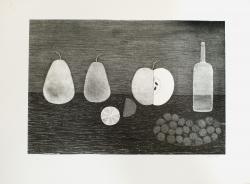Although a wide range of artistic approaches in Woodstock continued in the 1930s, economic and social issues became more prevalent as subject matter with the onset of the Depression. Realism dominated much of the work, sometimes tinged with modernist elements, including abstraction. Various New Deal government programs—the Public Works of Art Project (1933–1934) and the Federal Art Project under the Works Progress Administration (1935–1943)—helped many Woodstock artists at this time. Some were commissioned to execute murals, others to produce prints, easel paintings, sculpture, posters, crafts, and more.
After World War II a new generation of artists arrived in Woodstock, joining those already established there. Along with the continued success of the earlier institutions, the return of the Art Students League Summer School (1947–1979) and annual events such as the Woodstock Art Conference (1947–1952) ensured the enduring vitality of the colony into the late 20th century to today.



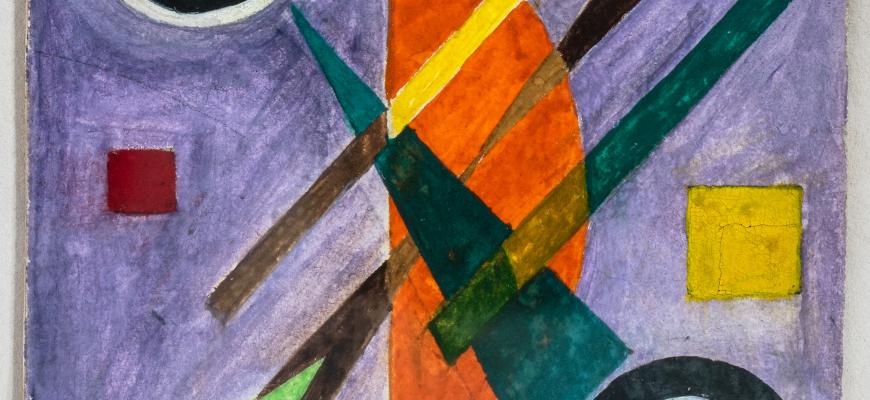
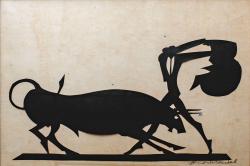
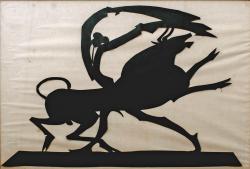
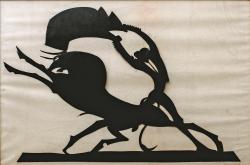
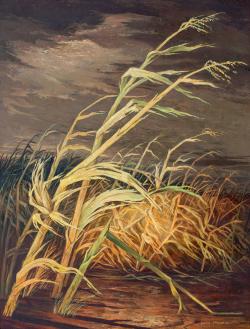
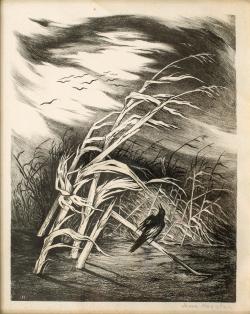

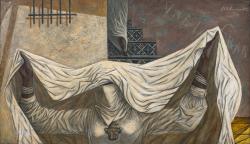
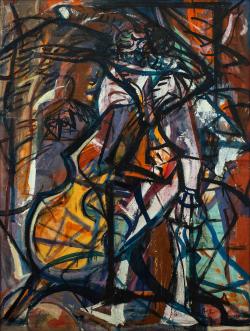
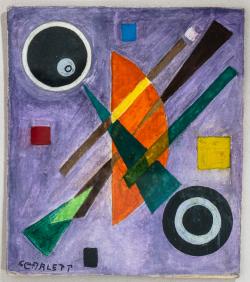
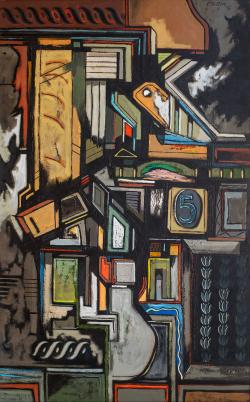
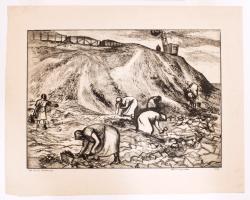
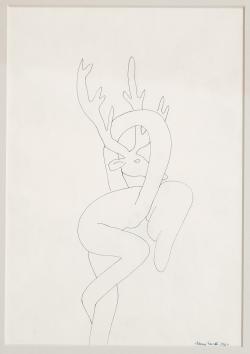

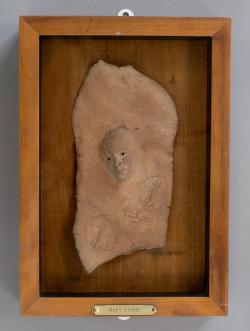


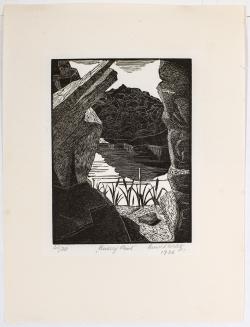


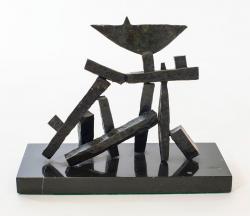
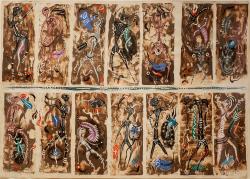
![[Wrestlers] by Alfeo Faggi, c. 1940](https://nysm.nysed.gov/sites/default/files/styles/250px_wide/public/faggi_alfeo-wrestlers-afa0004.jpg?itok=PtK8543s)
